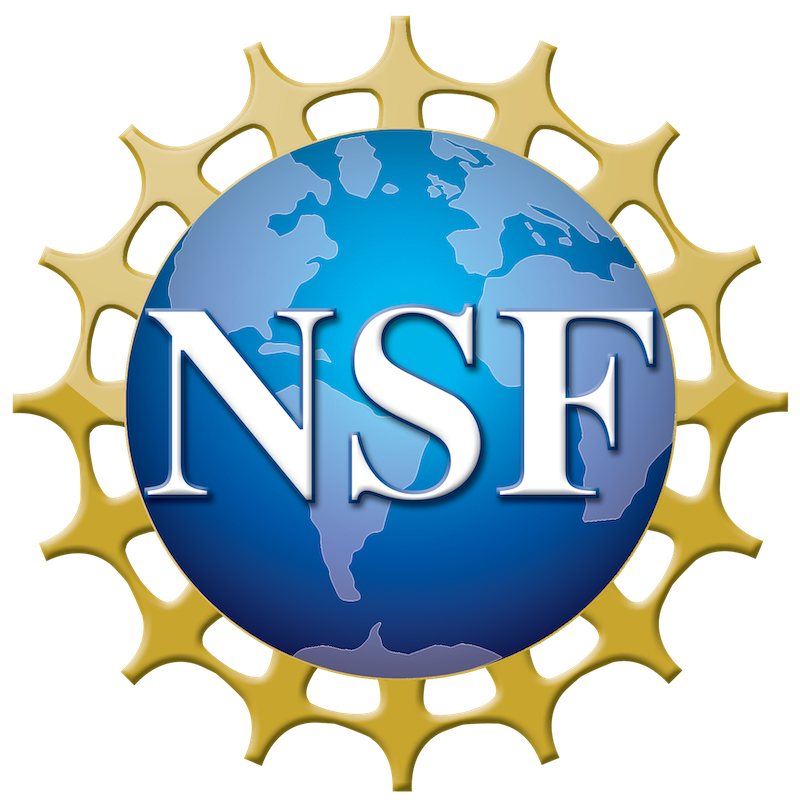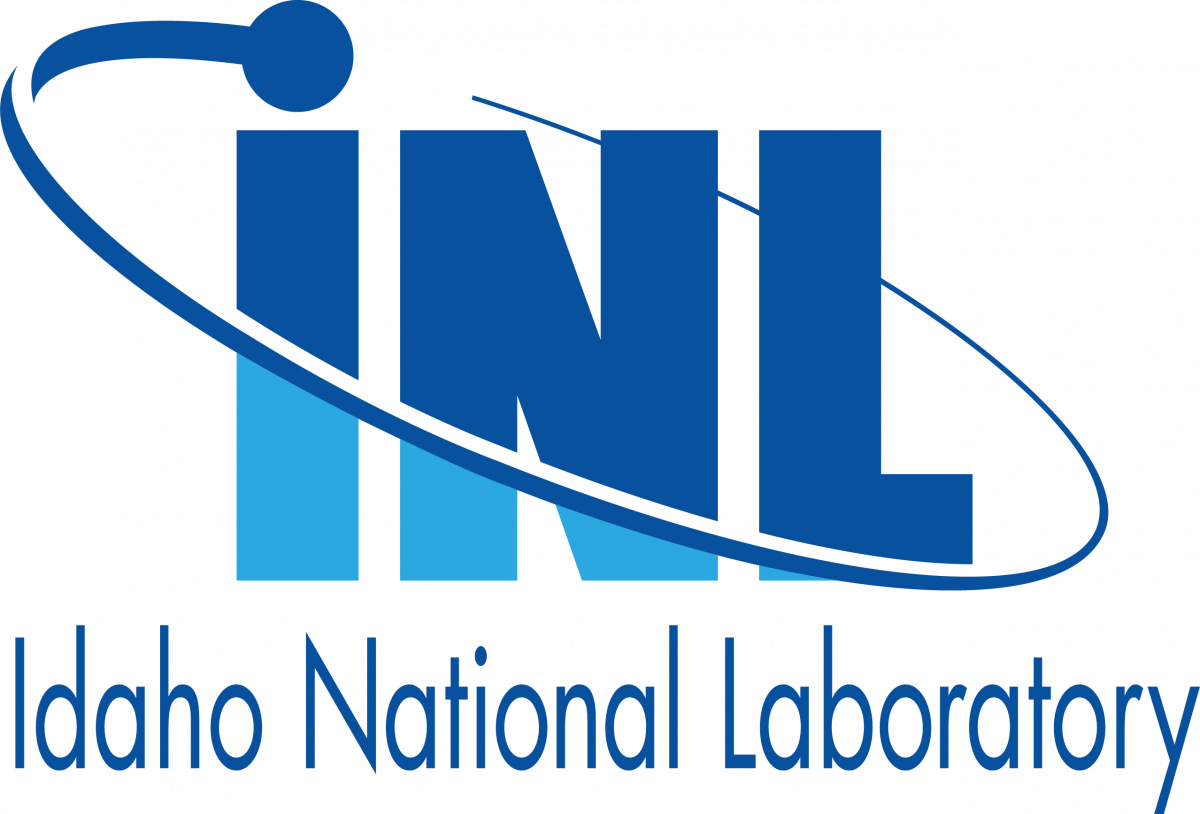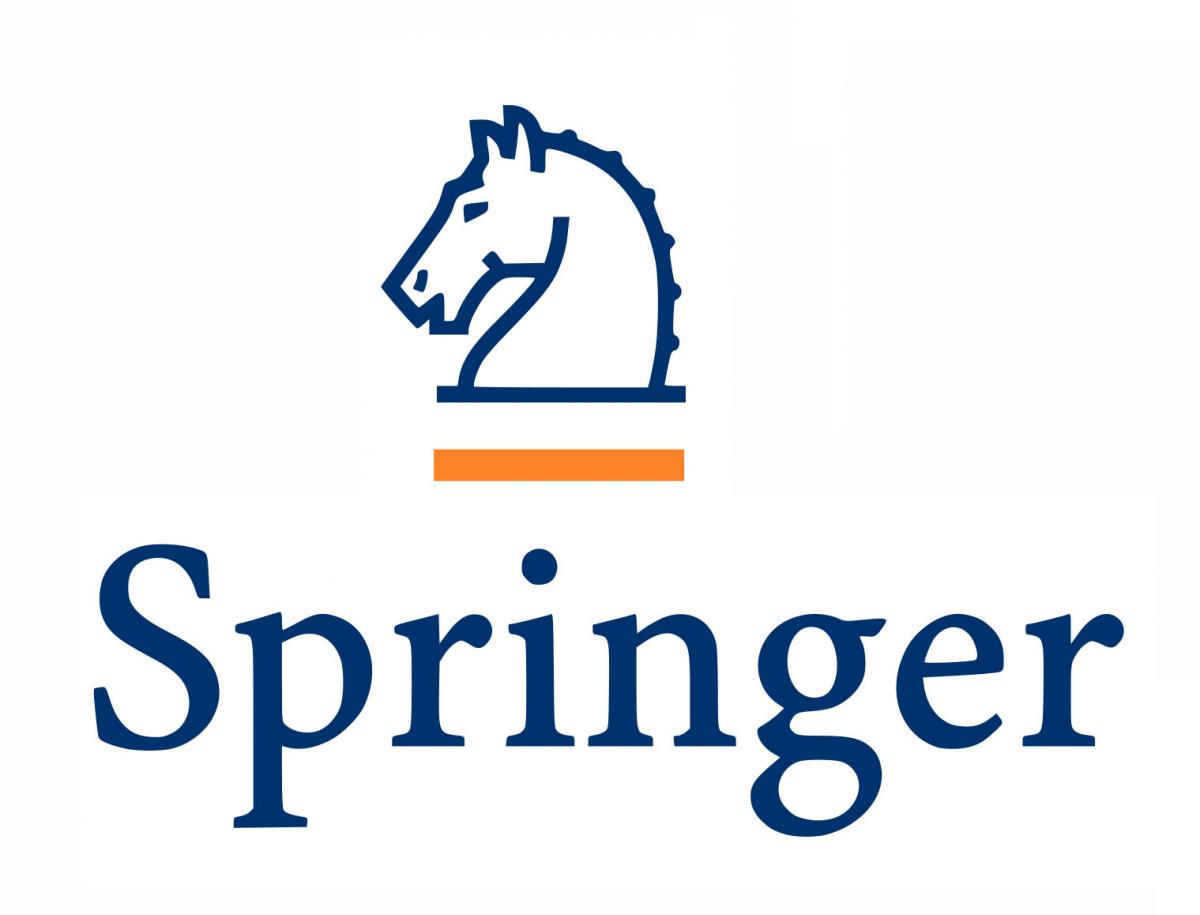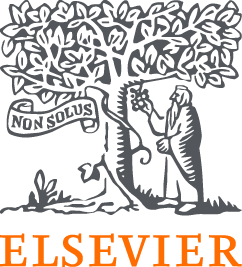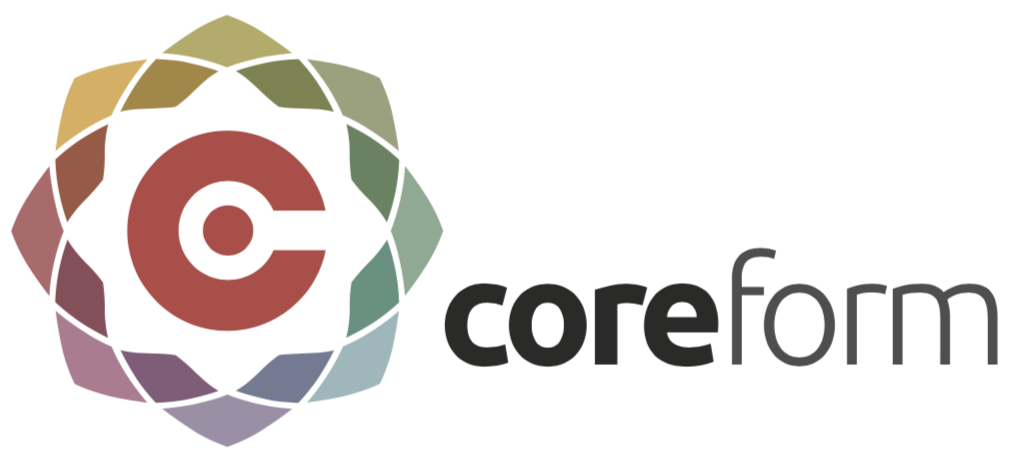In this short course, you will learn about automated model discovery; participate in a hands-on programming experience to implement and train your own Constitutive Artificial Neural Networks; and receive a library of Neural Network notebooks to analyze and interpret classical benchmark data of man-made materials like rubber and living materials like the human brain or skin.
For more than 100 years, chemical, physical, and material scientists have proposed competing constitutive models to best characterize the behavior of man-made and natural materials in response to mechanical loading. Now, computer science offers a universal solution: neural networks. Neural networks are powerful function approximators that learn constitutive relations from big data without any knowledge of the underlying physics. However, classical neural networks entirely ignore a century of research in constitutive modeling, violate thermodynamic considerations, and fail to predict the behavior outside the training regime. In this short course, we introduce Constitutive Artificial Neural Networks, a new family of neural networks that inherently satisfy common kinematic, thermodynamic, and physical constraints and, at the same time, constrain the design space of admissible functions to create robust approximators, even in the presence of sparse data. We revisit the non-linear field theories of mechanics and reverse-engineer the network input to account for material objectivity, material symmetry and incompressibility; the network output to enforce thermodynamic consistency; the activation functions to implement physically reasonable restrictions; and the network architecture to ensure polyconvexity. We show that this new class of network models is a generalization of the classical neo Hooke, Blatz Ko, Mooney Rivlin, Yeoh, Demiray, and Holzapfel models and that the network weights have a clear physical interpretation in the form of shear moduli, stiffness-like parameters, and exponential coefficients.
To familiarize yourself with this new technology, you will implement your own Constitutive Artificial Neural Network and train it with classical benchmark data, for example, from rubber, brain, and skin. You are welcome to bring your own data! You will see that your Constitutive Artificial Neural Network autonomously selects the best constitutive model, parameters, and experiment to characterize your material. This technology could have the potential to induce a paradigm shift in constitutive modeling, from user-defined model selection to automated model discovery. At the end of the course, we will share source codes, benchmark data, and documented examples.
SYLLABUS
References
[1] Linka K, Kuhl E. A new family of Constitutive Artificial Neural Networks towards automated model discovery. Comp Meth Appl Mech Eng. 2023; 403:115731.
[2] St Pierre SR, Linka K, Kuhl E. Automated model discovery for human brain using Constitutive Artificial Neural Networks. 2023. doi:10.1101/2022.11.08.515656.
[3] Linka K, Buganze Tepole A, Holzapfel GA, Kuhl E. Automated model discovery for skin: Discovering the best model, data, and experiment. 2023.
This pre-congress short course will take place on Sunday, July 23, 2023, from 8:30am to 4:30pm. It will cover a theoretical introduction, demos, and hands-on coding activities. You should bring you own laptop and, if you like, your own data. We will provide benchmark data on rubber, brain, and skin, but are equally excited to help you analyze your own experiments. You will get the most out of this course if you familiarize yourself with the references and the code and prepare specific questions, but you are also welcome to attend if you are just curious about the method itself.
OUTLINE
08:30-10:00 Session 01 – Revisiting the Basic Fundamentals
1. Introduction to Constitutive Modeling
2. Introduction to Neural Network Modeling
10:30-12:00 Session 02 – Getting started: Demos of Model Discovery
3. Model Discovery for Rubber
01:00-02:30 Session 03 – Do it yourself: Discovering your own Models
4. Model Discovery for the Brain
5. Model Discovery for Skin
03:00-04:30 Session 04 – Discussing the Challenges of Model Discovery
6. The Future of Automated Science


